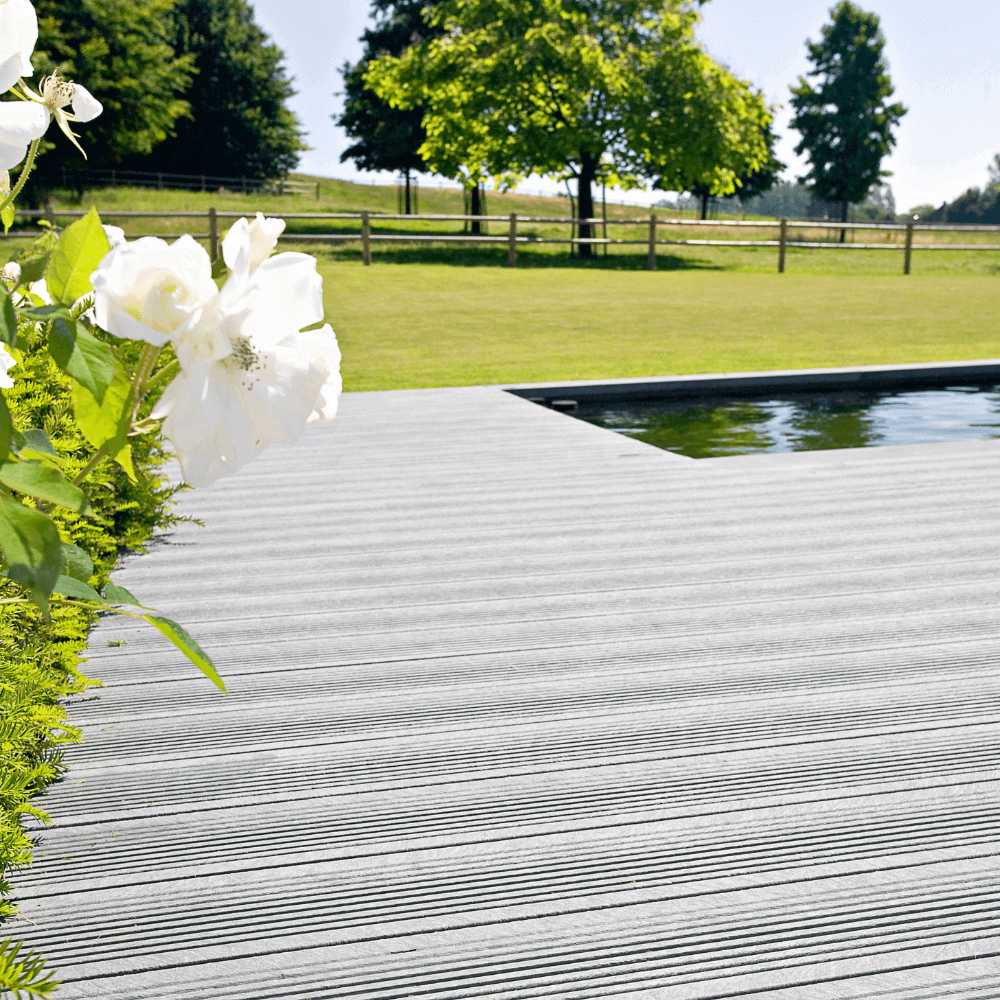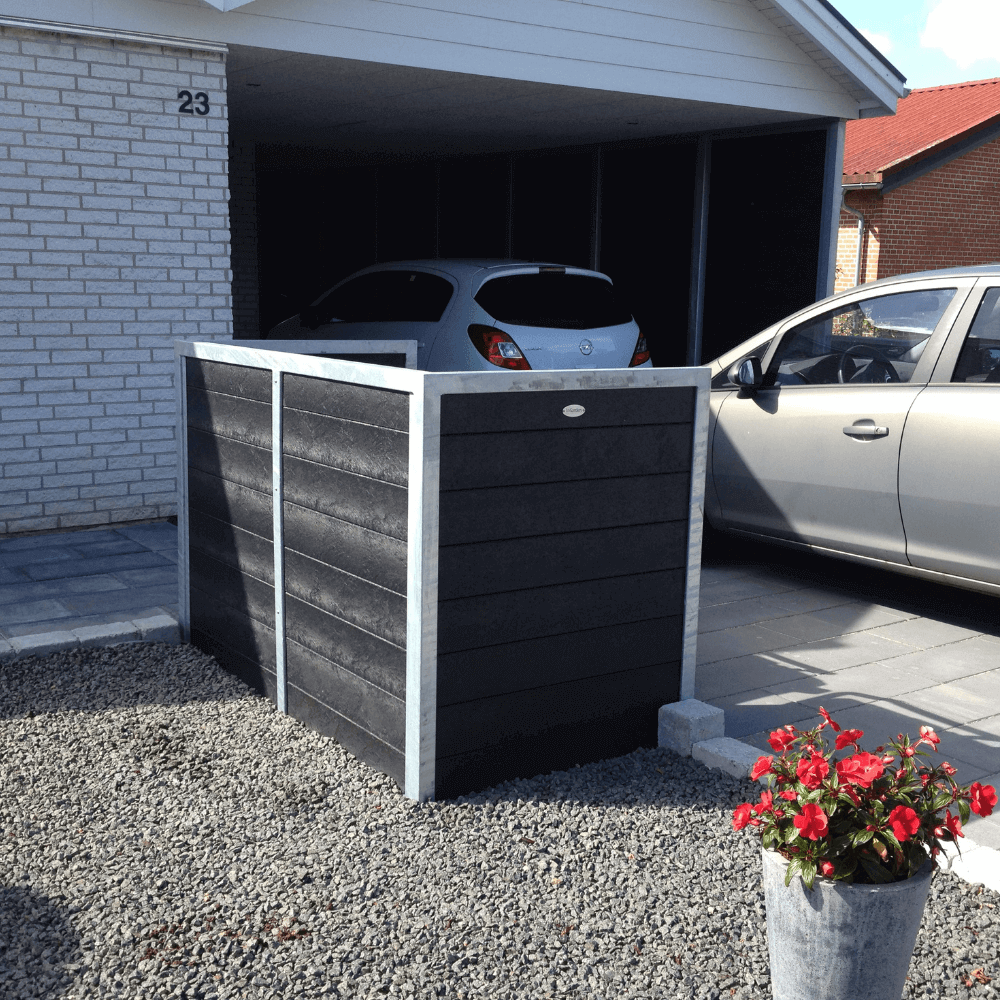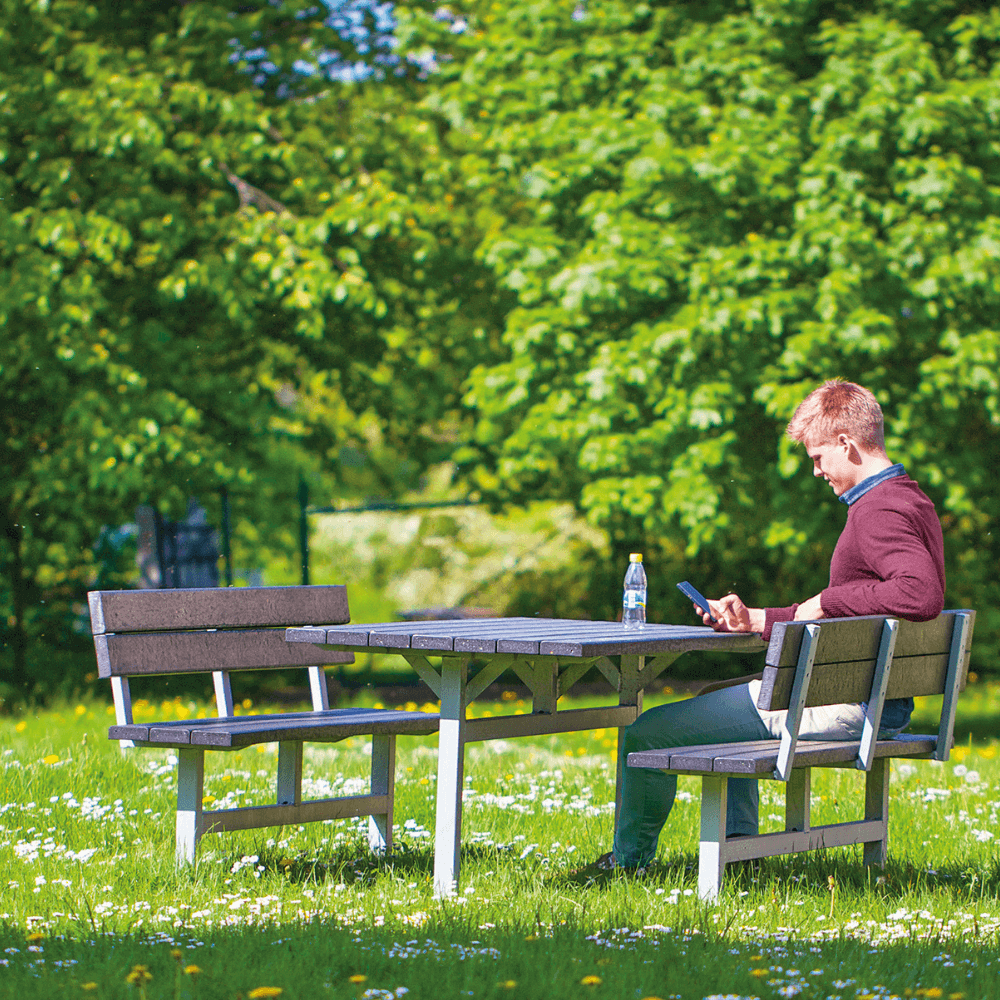If you dream of getting big, beautiful plants and delicious, crispy vegetables in the garden, garden watering is not to be missed. See here how much water is actually needed and also read about the different options for self-irrigation.
I wonder if most garden owners can recognize the dream of a lush garden with large plants, flawless vegetables and lots of beautiful crops. Unfortunately, the dream often ends in disappointment, because cultivating a garden is actually not that easy even. One of the places that most often goes wrong is at the garden irrigation.
It takes a lot of water to get a nice garden.
Hence garden watering
Garden watering is important because your plants need water to grow large and beautiful. - But definitely also to grow strong. Plants that get the right amount of water are also far more resistant to disease and other attacks than plants that are already fighting for their lives due to too little watering.
How much water is needed?
The most important thing in garden watering is to water properly. This means that you water thoroughly and this means that each m2 must have 20-30 liters of water every time you water. If you do, you will usually be able to just water once a week. Unfortunately, it is a pretty big job and therefore many choose to water less - but more often. The problem with this is that in this way the roots of the plants never really get to grow into the depths and they are therefore more exposed if there are days with a lot of drought.
Use your gut feeling
However, both gut feeling and garden knowledge are also needed when watering, because not all plants need water equally. The plants that typically need water in particular are:
New plants that have not yet taken root
Plants in greenhouses
Plants in pots
Plants in raised beds
Plants that stand in a lot of wind and therefore dry out more easily
Plants that stand in strong sun
Plants that grow vigorously
Another good rule of thumb is also to stick a finger in the ground. Although the soil seems dry on the surface, it can easily be moist further down, so stick a finger approx. 10 cm into the ground and feel if it is dry at that depth. If there is, start watering.
The best times to water
As mentioned, it is a good rule to water once a week - and then in addition keep a little eye on wind and weather, as well as plants in exposed places, so that no one dries out. If the plants start to hang, it is a clear sign that they lack water, but when the plant hangs, the growth also stops, and therefore you should preferably avoid going that far. You do this by being careful with the watering.
Another good tip is to water in the evening or in the early morning when the sun is not shining too brightly. Otherwise you run the risk of all the water evaporating before the plants have time to enjoy it.
Self-watering can save you the hassle
Since it is something close to an art to water properly and at the same time can be quite time consuming, especially in larger gardens, it can often be a good idea to supplement with self-watering.
The capillary boxes, which most people probably know from the greenhouse, are an example of this: You fill a given amount of water in a container, after which the plants themselves make sure to supply themselves until there is no more water left. There are also other types of irrigation systems for greenhouses, which in principle are the same. In the pots you can cut the bottom of a 1 ½ liter soda bottle, turn it upside down and stick it down at the root of the plant and pour water in. Then the bottle works in the same way as the capillary boxes.
If you have one or more GrowCamp raised beds in the garden, you can buy a GrowWater self-watering system, which is 100% adapted to the GrowCamp. It is placed at the bottom of your GrowCamp and supplied with water, after which the system itself dispenses the correct amount of water to the plants. We use it ourselves at home in the GrowCamp garden and it works perfectly.
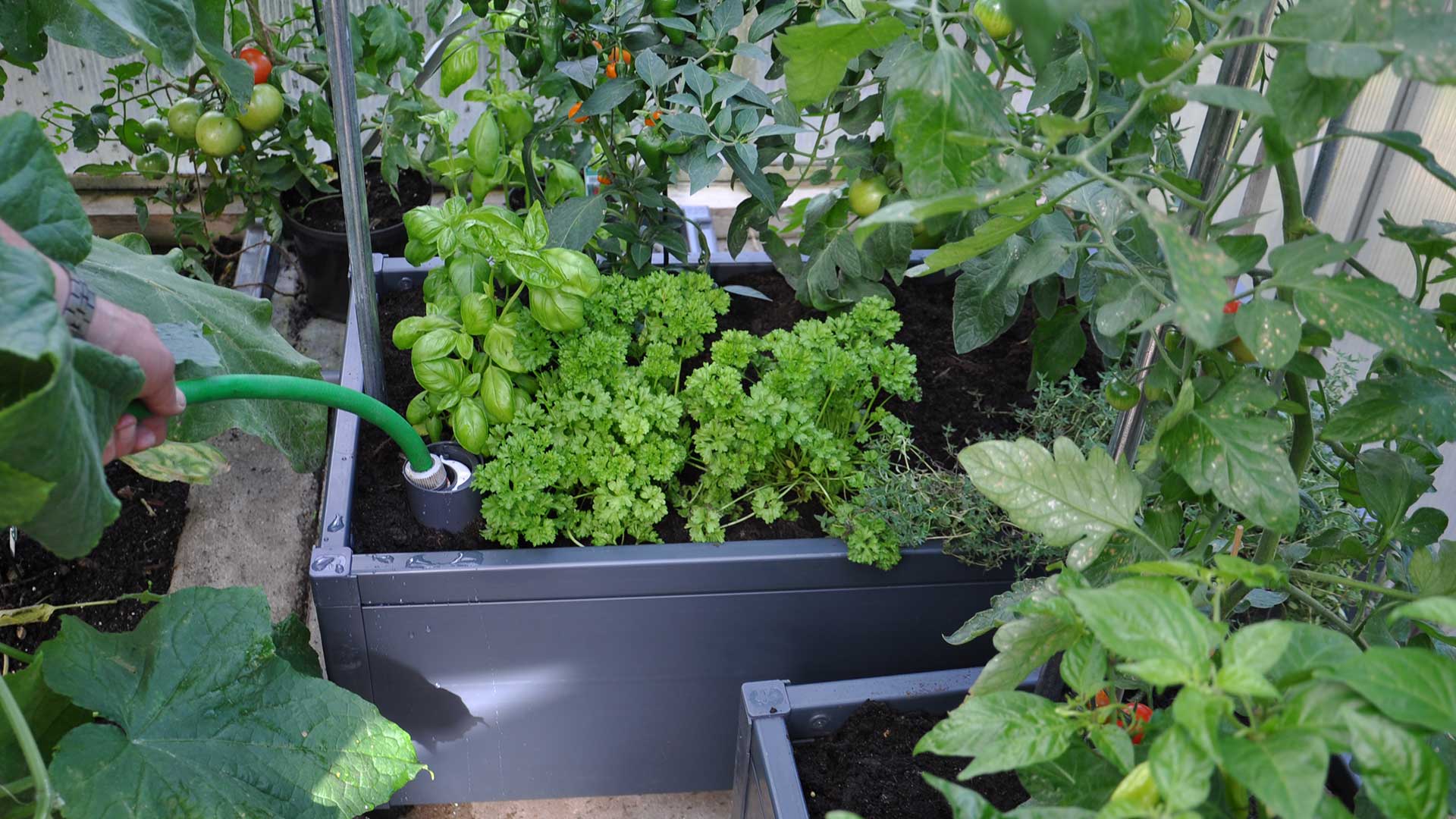








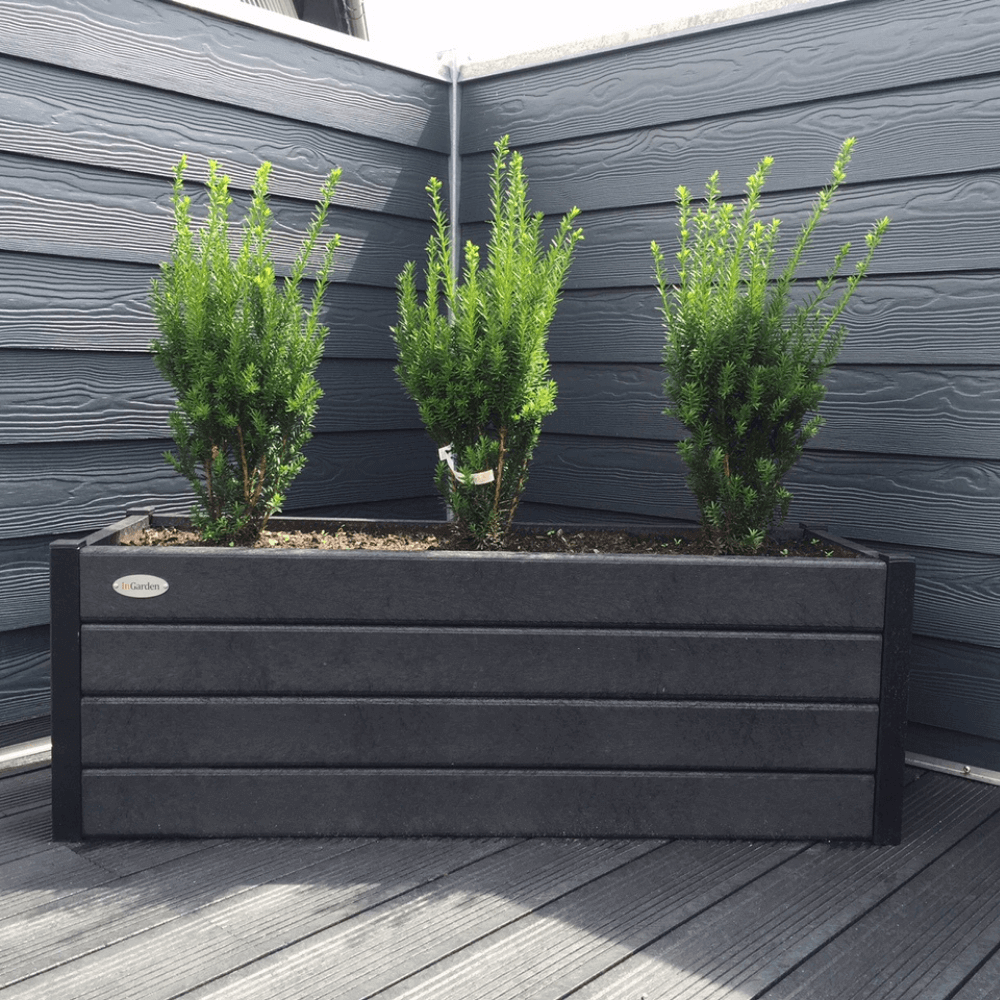
-1.backdrop.png)
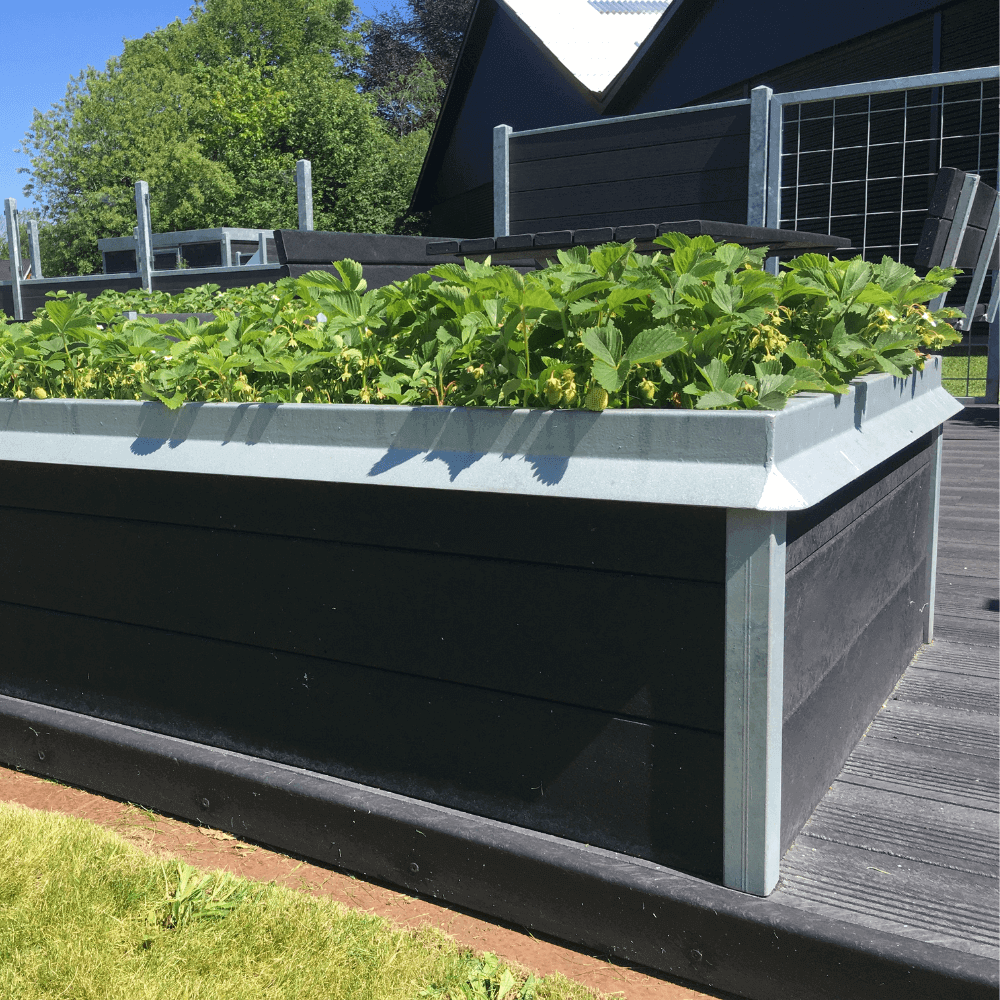
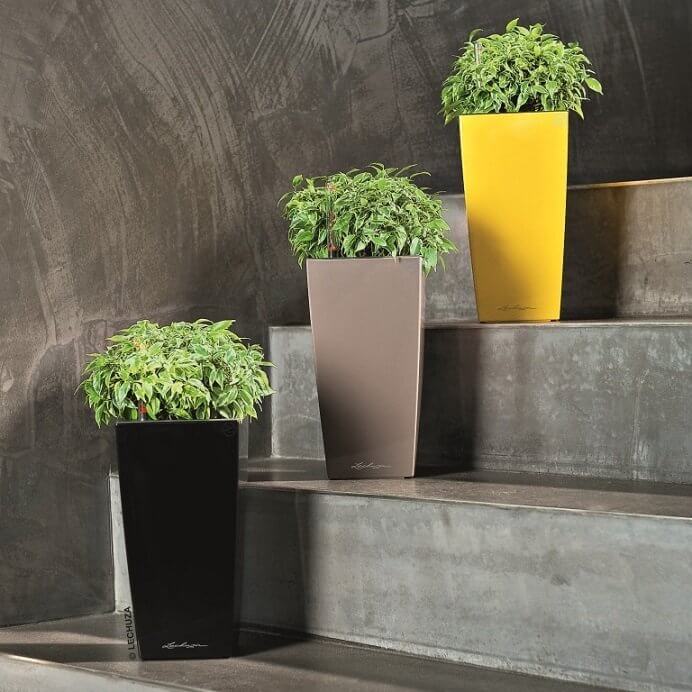
-1.backdrop.png)
